The global academic research market is experiencing a transformative shift driven by technological advancements, a heightened emphasis on research and development (R&D), and an increasing demand for innovative solutions across diverse disciplines. This dynamic market benefits from robust investments from both public and private sectors in education and research initiatives. Our report offers an in-depth analysis of emerging procurement trends, highlighting cost-saving opportunities through multi-institutional subscriptions and the transition to open-access platforms. We also address future procurement challenges and underscore the critical role of digital procurement tools in accurately forecasting market needs, ensuring clients stay ahead in this evolving landscape. . Additionally, we address future procurement challenges and emphasize the importance of digital procurement tools in accurately forecasting market needs to keep clients ahead in this dynamic landscape. Strategic sourcing and procurement management play a crucial role in streamlining the procurement process for research development. As competition intensifies, companies are leveraging market intelligence solutions and procure analytics to optimize their supply chain management systems. The outlook for the academic research market is optimistic, with several key trends and projections indicating robust growth through 2032: Growth rate: 5.5% Growth Drivers: Recent analyses reveal that the academic research market is experiencing escalating costs, primarily due to increased subscription fees and heightened demand for digital content. To navigate these financial pressures, market reports offer detailed cost forecasts and procurement savings opportunities. This information empowers educational institutions and researchers to effectively manage cost fluctuations while ensuring continued access to essential resources. By leveraging insights from these reports, stakeholders can implement strategies to mitigate expenses and optimize their procurement processes. Procurement Intelligence for Academic Research: Category Management and Strategic Sourcing To stay ahead in the academic research market, institutions and organizations are optimizing procurement strategies, leveraging spend analysis solutions for vendor spend analysis, and enhancing research supply chain efficiency through supply market intelligence. Procurement category management and strategic sourcing are becoming vital in achieving cost-effective procurement, ensuring timely availability of essential resources such as research materials, equipment, and services. These strategies are critical for managing budgets effectively and supporting the continuous development of groundbreaking research projects across various academic fields. The academic research market is currently navigating a complex pricing landscape characterized by a steady upward trajectory in costs. This increase is fuelled by escalating subscription fees for research databases, surging demand for digital content, and continuous investments in research infrastructure. The graph shows a general upward trend in pricing for academic research, likely due to rising costs, increased complexity, and growing demand. However, there may be fluctuations influenced by economic conditions, technological advancements, and competitive dynamics. Comprehensive Price Forecast: Our advanced analysis reveals a sustained growth trajectory driven by several key factors, including rising funding, increasing student and researcher populations, and the integration of artificial intelligence in research practices. We anticipate a robust year-on-year growth rate, reflecting ongoing investments in interdisciplinary research and commercialization efforts. As the focus on healthcare innovation intensifies and global collaboration expands, stakeholders can expect not only lucrative opportunities but also heightened competition. Our insights highlight procurement strategies that can mitigate cost increases, enabling institutions to leverage savings on research materials, software, and publishing services effectively. By adopting a proactive procurement approach, organizations can navigate these challenges and secure their place in the evolving academic landscape In the academic research market, optimizing procurement can yield substantial cost savings and enhance operational efficiency. Collaborative research initiatives allow institutions to share resources and apply for joint grants, effectively reducing individual financial burdens. Open-access publishing eliminates subscription fees while amplifying research visibility. Digital tools streamline administrative processes, enhancing productivity, while data analytics facilitate performance tracking and resource optimization. Additionally, adopting energy-efficient practices lowers utility costs, and outsourcing non-core functions mitigates staffing expenses. Utilizing virtual collaboration tools minimizes travel costs, and strategically aligning funding with institutional strengths can further alleviate financial pressures. Overall, these procurement strategies foster innovation and empower institutions to maximize their research impact while managing budgets effectively Supply and Demand Overview of the Academic Research Market: Demand-Supply Dynamics and Buyer Intelligence for Effective Supplier Relationship Management (SRM)" The academic research market is growing due to increased funding, open-access, and AI advancements. Demand is high in healthcare, environment, and tech, supported by universities and corporate partnerships. Demand Factors: Supply Factors: The image shows growing demand for academic research in both North America and Asia, with potential price increases and increased competition. North America: Dominance in the Academic Research Market North America, particularly the U.S. and Canada, asserts unparalleled dominance in the academic research market, characterized by: Supplier Landscape: Supplier Negotiations and Strategies The supplier penetration in the academic research market is substantial, with a growing number of global and regional players contributing to the provision of research materials, equipment, and services. These suppliers play a crucial role in the overall market dynamics, impacting pricing, innovation, and accessibility of resources. The market is highly competitive, with suppliers ranging from large scientific equipment manufacturers to specialized providers offering niche research solutions. Currently, the supplier landscape is characterized by significant consolidation among top-tier scientific equipment and materials companies, which dominate the market share. However, emerging startups and specialized firms are also expanding their footprint by focusing on innovative research tools, software solutions, and specialized materials catering to specific academic disciplines. Some of the key suppliers in the academic research market include: Procurement Attribute/Metric Details Market Sizing The academic research market is projected to grow from USD 87.50 billion in 2024 to USD 490 billion by 2032, with a CAGR of 5.5% (2023-2032). Research Technology Adoption Rate 60% of academic institutions are integrating advanced technologies like AI-driven data analysis, virtual labs, and cloud computing for enhanced research efficiency. Top Research Strategies for 2024 Focus on interdisciplinary collaboration, increased reliance on digital tools, funding diversification, and open-access publishing. Research Process Automation 40% of academic research processes, including data collection and analysis, have been automated across leading institutions. Research Challenges Key issues include limited funding, rising publication costs, ethical concerns in AI-driven research, and lack of infrastructure in developing regions. Key Suppliers Leading providers include Elsevier, Springer Nature, Taylor & Francis, Wiley, and ProQuest, offering tools for research publishing, data access, and analytics. Key Regions Covered North America, Europe, Asia-Pacific, and Rest of the World, with the U.S., U.K., China, and India as major hubs for academic research activities. Market Drivers and Trends Growth driven by government funding initiatives, increased demand for STEM research, and the rise of open-access platforms. Notable trends include AI-powered research platforms, collaborative cloud-based tools, and sustainable research practices.Academic Research Market Overview
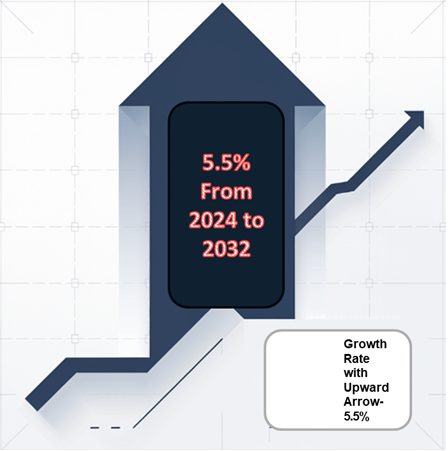
Key Trends and Sustainability Outlook
Overview of Market Intelligence Services for the Academic Research Market
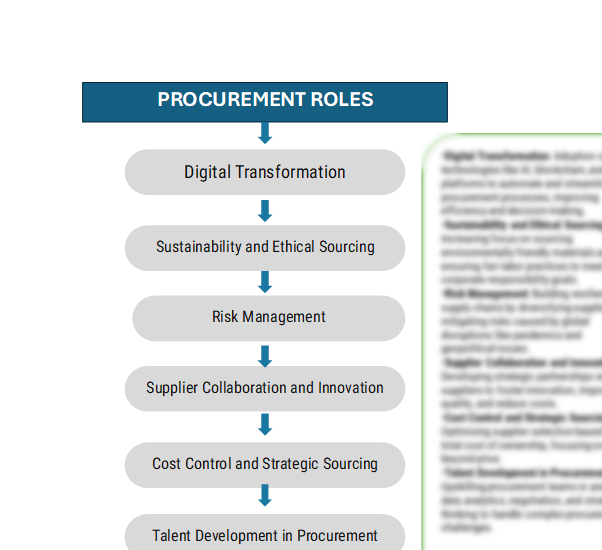
Pricing Outlook for Academic Research Market: Spend analysis
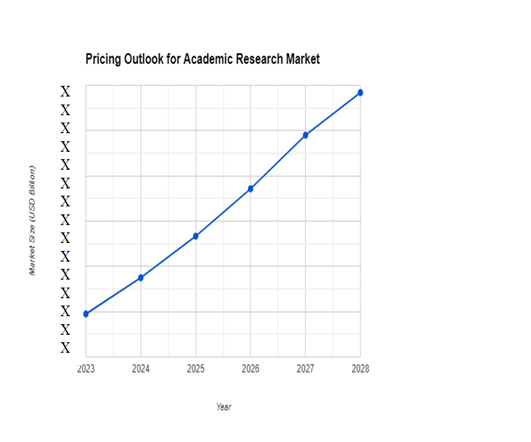
Cost Breakdown for the Academic Research Market: Total Cost of Ownership and Cost saving opportunities

Cost saving opportunity: Negotiation Lever and Purchasing Negotiation Strategies

Regional Demand-Supply Outlook: Academic Research
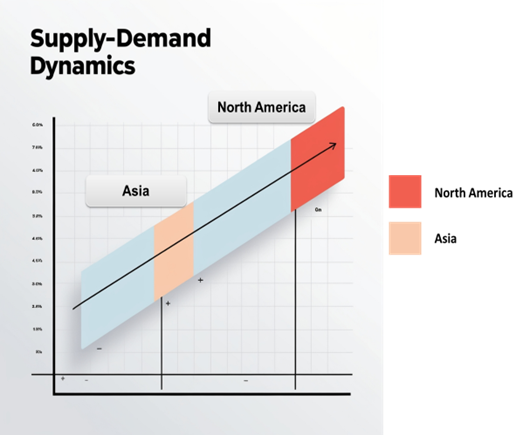
North America remains a key hub Academic research innovation and growth
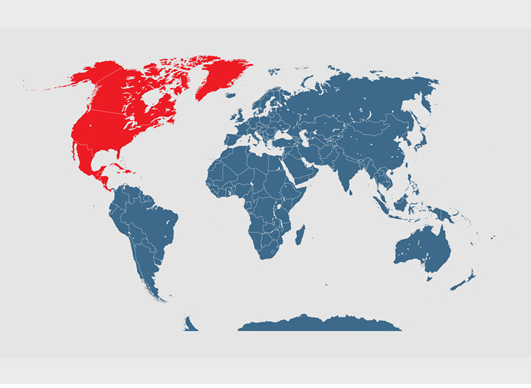
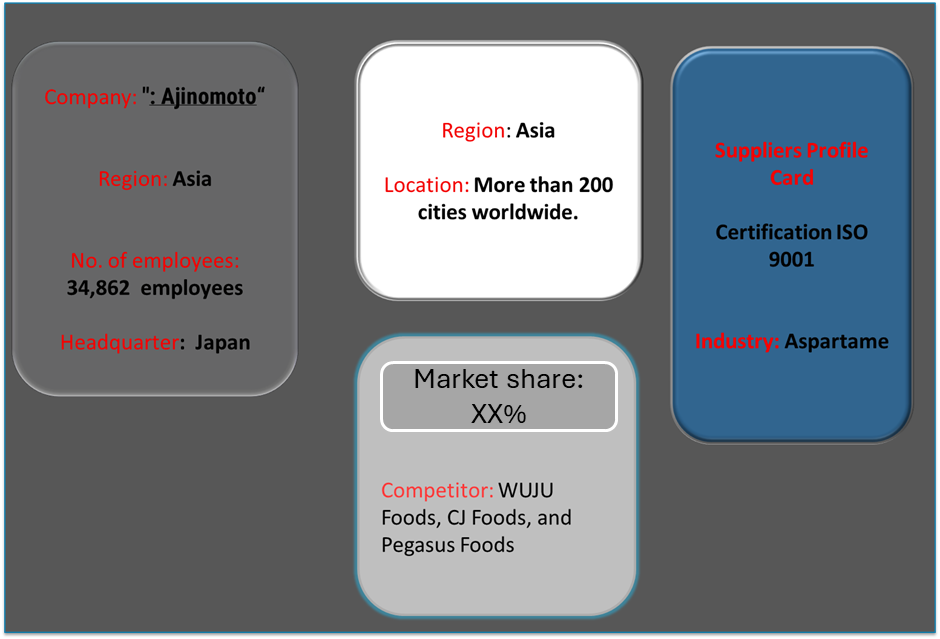
Frequently Asked Questions (FAQ):
Our procurement intelligence services provide insights into the global academic research market, identifying key providers. We offer detailed analyses of supplier performance, cost breakdowns, and market trends to ensure you procure research services effectively and efficiently
We calculate TCO for academic research services by considering factors like contract costs, technology infrastructure, and long-term collaboration expenses. Our detailed cost models help you understand financial implications and optimize spending.
We develop strategies to mitigate risks such as data privacy concerns, supplier reliability issues, and compliance challenges. Our solutions include supplier evaluations, backup plans, and detailed risk assessments tailored to academic research procurement.
Supplier Relationship Management (SRM) strategies focus on fostering collaboration, improving deliverables, and negotiating terms to align supplier performance with your organizational goals in academic research.
Best practices include selecting suppliers through a tiered sourcing model, benchmarking costs, and adopting flexible contracts. We provide comprehensive guides to help you implement these strategies efficiently.
Automation tools and analytics improve supplier tracking, contract management, and decision-making processes in academic research procurement, enabling you to stay competitive and ensure transparency.
Continuous monitoring of supplier performance ensures adherence to quality standards and timely deliverables. Our services include regular performance evaluations and compliance checks to maintain supplier accountability.
Leverage market intelligence to negotiate better pricing, intellectual property rights, and flexible collaboration terms. We provide insights and negotiation frameworks to secure favorable outcomes.
Advanced tools such as spend analysis platforms, real-time market tracking, and supplier benchmarking systems enable effective decision-making in sourcing academic research services.
We guide you through compliance requirements, ensuring that your suppliers adhere to industry standards for data security, research integrity, and ethical considerations.
Strategies include diversifying suppliers, creating backup research agreements, and conducting regular market outlook assessments to pre-empt disruptions.
Use supplier performance tracking tools that monitor KPIs such as quality, cost-effectiveness, and adherence to timelines. These evaluations help refine future procurement strategies.
opt for suppliers who prioritize ethical research practices, energy-efficient technologies, and environmentally sustainable methodologies in their operations.
Our pricing analysis services help you compare costs across global suppliers, identify pricing trends, and secure the best value for your academic research investments.
Opportunities include leveraging advancements in AI-driven research tools and collaborative models. Risks involve data security and regulatory challenges, which we help mitigate through our tailored insights and strategies.
Table of Contents (TOC)
Executive Summary: Market Overview, Procurement Insights, and Negotiation Leverage
Academic Research Market Overview
Key Highlights
Supply Market Outlook
Demand Market Outlook
Category Strategy Recommendations
Category Opportunities and Risks
Negotiation Leverage and Key Talking Points
Impact of Macroeconomic Factors (e.g., COVID-19, Inflation)
2. Research Methodology: Procurement Intelligence, Market Analysis, and Spend Analysis
Tools
Definition and Scope
Research Objectives for the Academic Research Market
Data Sources and Approach
Assumptions and Limitations
Market Size Estimation and Forecast Methodology
3. Market Analysis and Category Intelligence
Market Maturity and Trends
Industry Outlook and Key Developments
Drivers, Constraints, and Opportunities
Regional Market Outlook within the Academic Research Market
Procurement-Centric Five Forces Analysis
Mergers and Acquisitions (M&As)
Market Events and Innovations
4.Cost Analysis, Spend Analysis, and Pricing Insights
Cost Structure Analysis
Cost Drivers and Savings Opportunities
Total Cost of Ownership (TCO) Analysis
Pricing Analysis and Expected Savings
Billing Rate Benchmarking
Factors Influencing Pricing Dynamics
Contract Pointers and SLAs
Market Cost Performance Indicators
Risk Assessment and Mitigation Strategies
Spend Analytics and Cost Optimization
5. Supplier Analysis and Benchmarking
Academic Research Supply Market Outlook
Supply Categorization and Market Share
Academic Research Market Supplier Profiles and SWOT Analysis
Supplier Performance Benchmarking
Supplier Performance Evaluation Metrics
Disruptions in the Supply Market
6. Technology Trends and Innovations
Current Industry Technology Trends
Technological Requirements and Standards
Impact of Digital Transformation
Emerging Tools and Solutions
Adoption of Standardized Industry Practices
7. Procurement Best Practices
Sourcing Models and Strategies
Pricing Models and Contracting Best Practices
SLAs and Key Performance Indicators (KPIs)
Strategic Sourcing and Supplier Negotiation Tactics
Industry Sourcing Adoption and Benchmarks
8. Sustainability and Risk Management: Best Sustainability Practices
Supply Chain Sustainability Assessments
Corporate Social Responsibility (CSR) Alignment
Risk Identification and Assessment
Contingency Planning and Supplier Diversification
Holistic Risk Mitigation Strategies
9. Category Strategy and Strategic Recommendations
Market Entry Strategies
Growth Strategies for Market Expansion
Optimal Sourcing Strategy
Investment Opportunities and Risk Analysis
Supplier Innovation Scouting and Trends
Cross-Functional Collaboration Frameworks
10. Future Market Outlook
Emerging Market Opportunities
Predictions for the Next Decade
Expert Opinions and Industry Insights
11. Appendices: Procurement Glossary, Abbreviations, and Data Sources
Glossary of Terms
Abbreviations
List of Figures and Tables
References and Data Sources








